16 Venomous Animals Hiding In The Most Unexpected Places
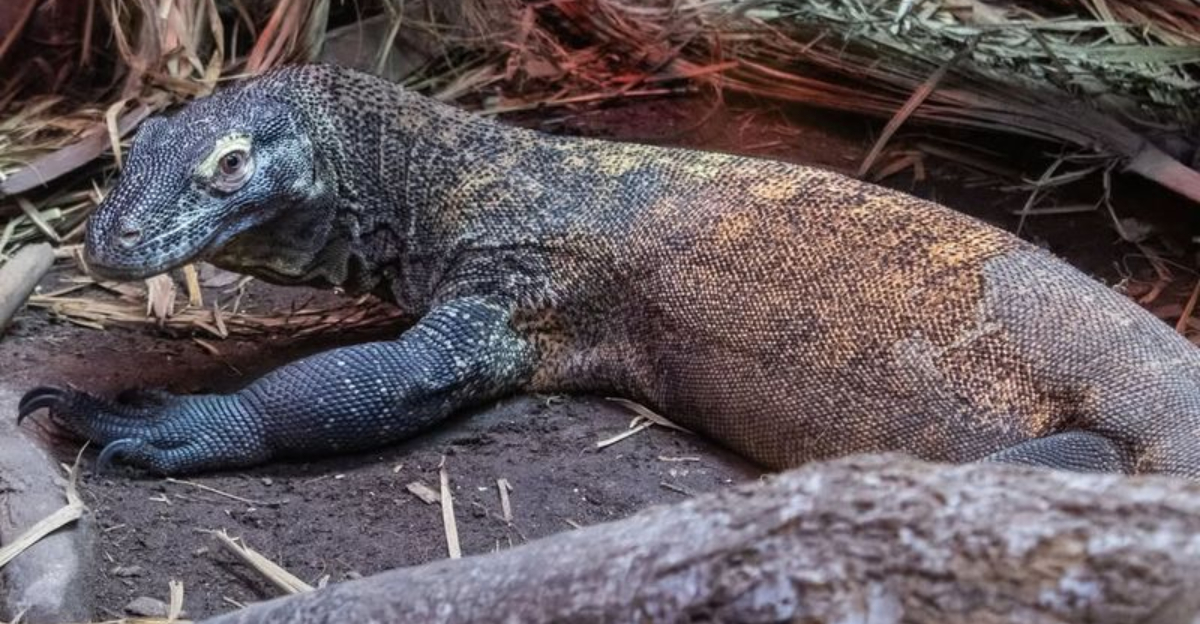
The natural world is full of surprises, and sometimes, danger lurks where you least expect it. From your favorite vacation spot to your own backyard, venomous creatures can be found in the most unsuspecting places.
This list explores such animals, each with its own unique characteristics and habitats. Get ready for a wild and informative journey through the hidden world of venomous animals.
1. Box Jellyfish
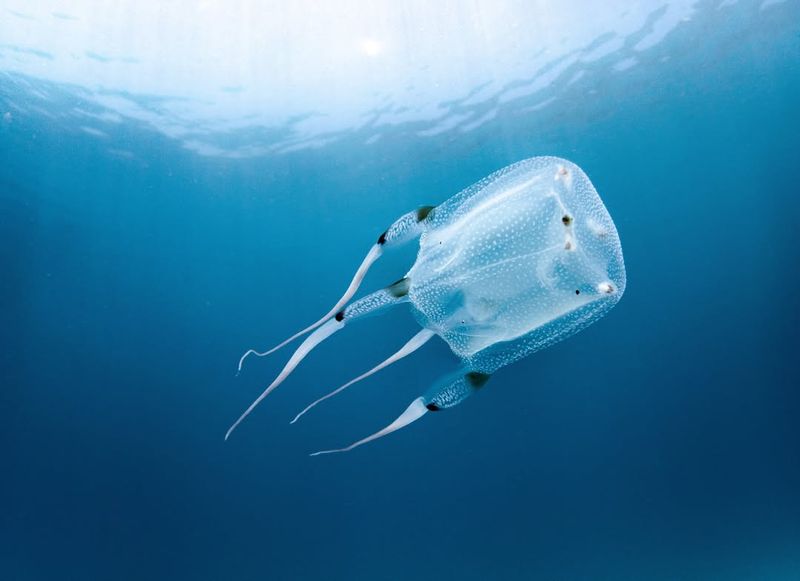
Drifting through the crystal-clear waters of tropical beaches, the box jellyfish’s serene appearance belies its dangerous nature.
Known for its potent venom, this marine creature can cause cardiac arrest in humans. Despite its beauty, swimmers are advised to steer clear.
While you might picture a relaxing day at the beach, these jellyfish can transform a swim into a perilous encounter.
Their tentacles, laden with venomous cells, are nearly invisible in water, making them especially treacherous.
2. Blue-Ringed Octopus
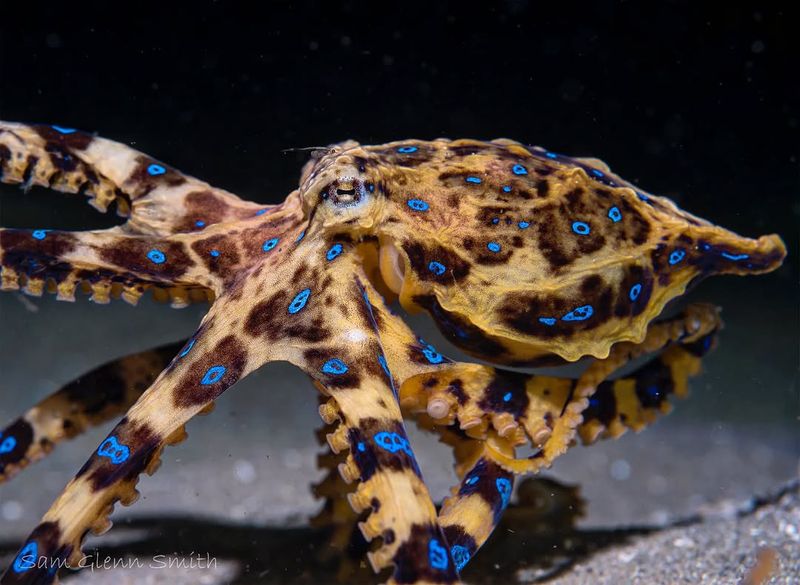
Nestled among the vibrant coral reefs, the blue-ringed octopus is a master of disguise. This small creature is easily overlooked, yet it carries enough venom to paralyze multiple humans. Its striking blue rings serve as a warning to predators.
Though captivating, this octopus is best admired from a distance. Its bite can be painless but deadly, and there’s no known antivenom. Scuba divers often encounter these octopuses, but caution is strongly advised.
3. Stonefish
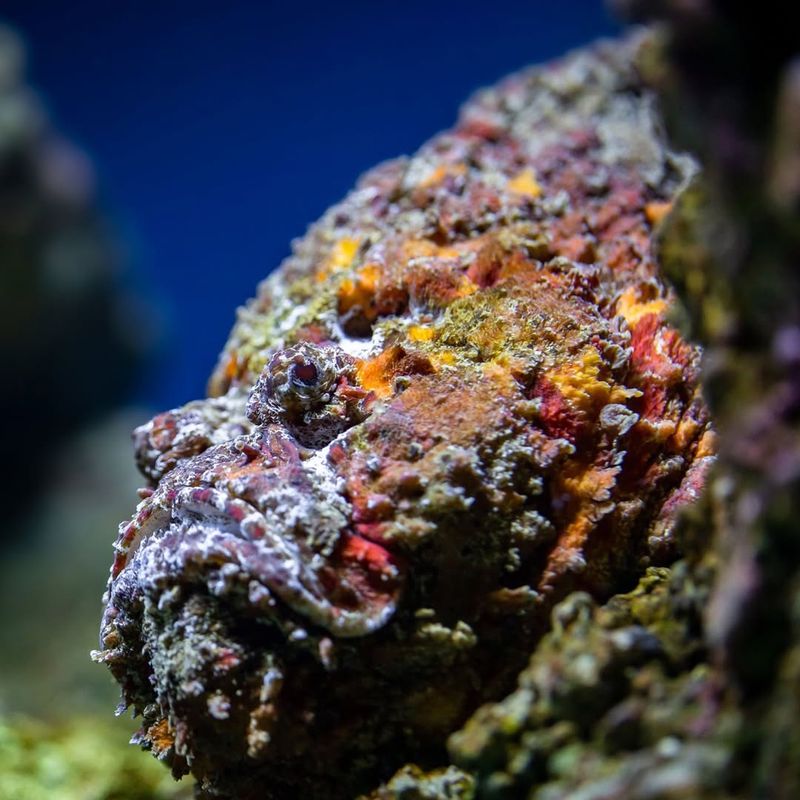
Appearing as an unremarkable rock, the stonefish is a venomous surprise waiting on the ocean floor. Its spines deliver a painful sting to any unsuspecting foot that treads too close. Found in shallow waters, this fish is a master of camouflage.
Beachgoers should tread carefully in rocky areas, especially in tropical regions. The stonefish’s venom can cause severe pain, and it’s often described as one of the most painful stings in the world.
4. Inland Taipan
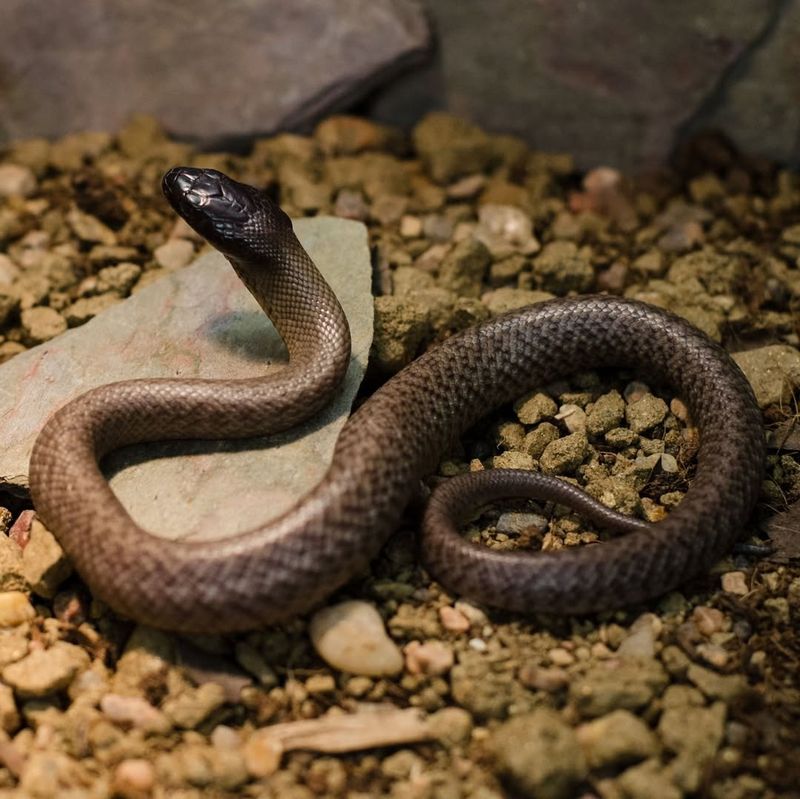
Hidden in the Australian outback, the inland taipan, or “fierce snake,” holds the title of the world’s most venomous snake.
Despite its lethal reputation, it is reclusive and rarely seen by humans. Its venom can incapacitate prey almost instantly.
This snake’s habitat is remote, and encounters with humans are rare, which is fortunate given its potency. If you’re exploring the Australian wilderness, it’s wise to be aware of this elusive creature’s presence.
5. Cone Snail
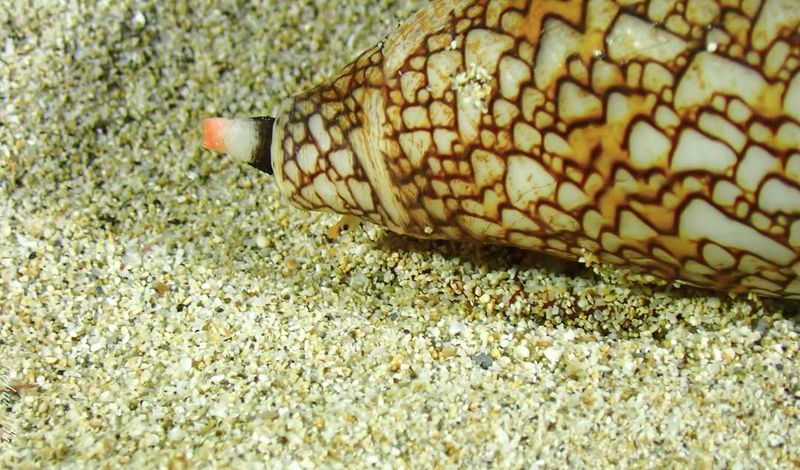
The cone snail, with its beautifully patterned shell, is an unlikely assassin of the sea.
While handling a shell might seem harmless, this snail’s venomous harpoon can penetrate skin and deliver a painful sting. Found in warm waters, it’s best admired from afar.
Their venom contains a cocktail of toxins that can be dangerous to humans. Beachcombers should be cautious when collecting shells, as the surprise of a live cone snail can be both painful and hazardous.
6. Brazilian Wandering Spider
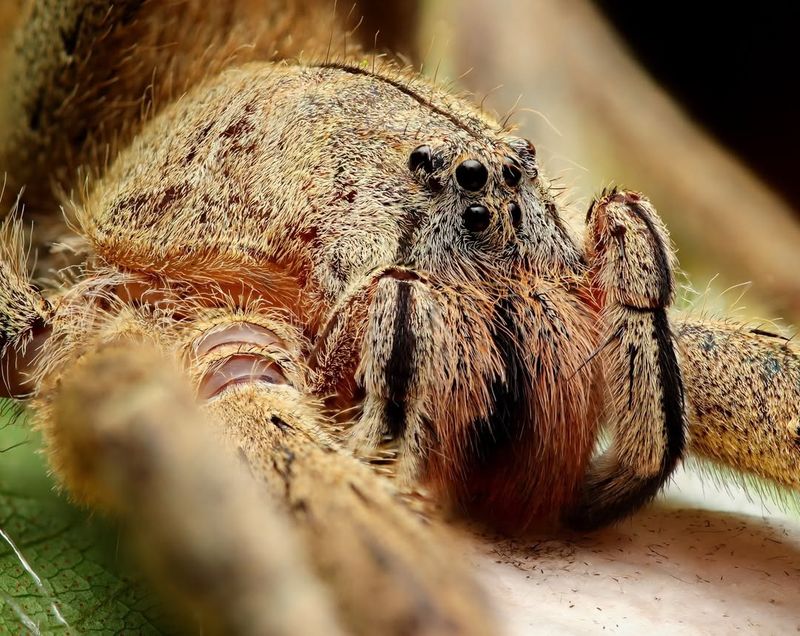
Lurking in the shadows of the tropical rainforests, the Brazilian wandering spider is a formidable arachnid. Notorious for its potent venom, it roams the forest floor at night, hunting rather than spinning webs. Its aggressive nature adds to its intimidating allure.
While its bite can be harmful to humans, antivenom is available. Still, it’s wise to exercise caution in areas where these spiders dwell.
The Brazilian wandering spider’s reputation for wandering extends to urban areas as well.
7. Gila Monster
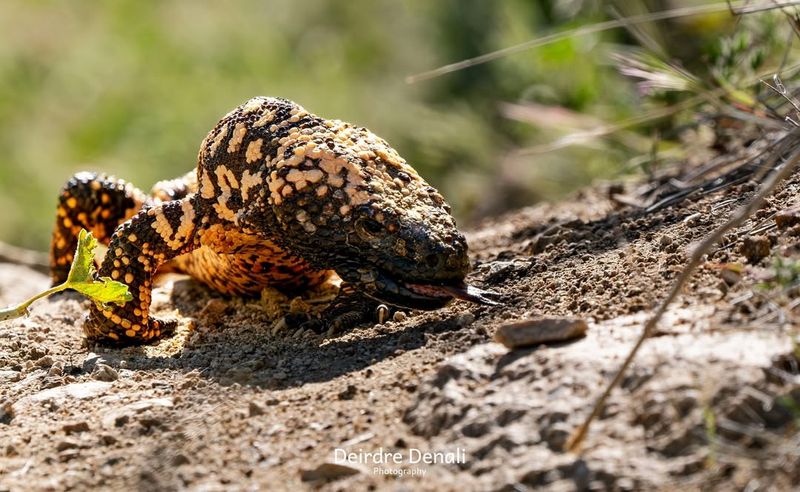
Basking under the desert sun, the gila monster is a striking reptile with a venomous bite. It’s one of the few venomous lizards in the world and can be found in the southwestern United States. Despite its appearance, it is slow-moving and rarely poses a threat.
Encounters with humans are uncommon, but its bite can cause discomfort and swelling. While not typically aggressive, it’s best to appreciate this colorful lizard from a safe distance in its natural habitat.
8. Deathstalker Scorpion
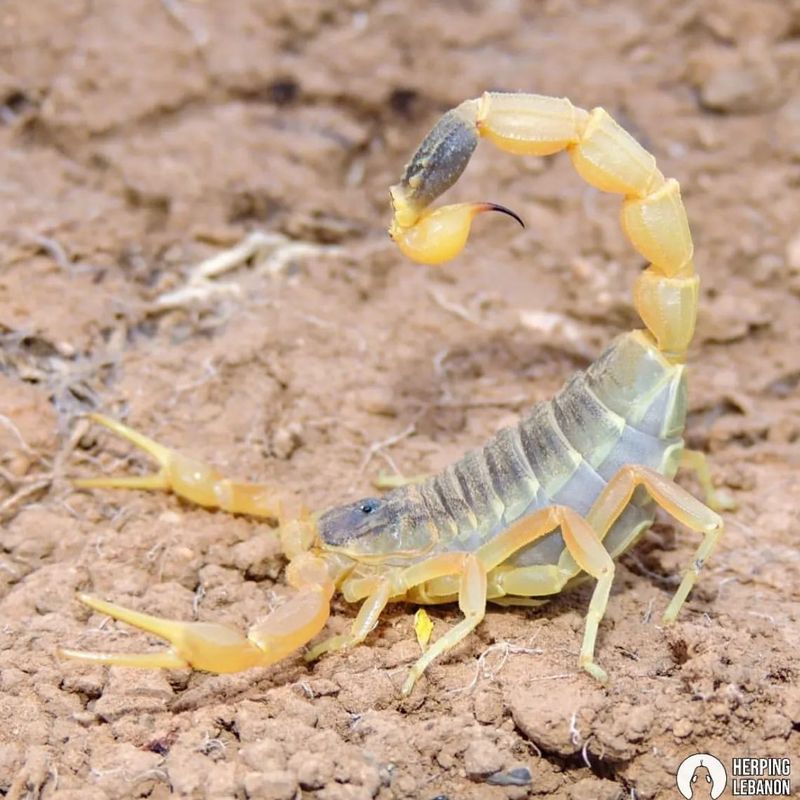
The deathstalker scorpion, with its menacing name, prowls the deserts of North Africa and the Middle East. Its venom is potent, leading to intense pain if stung. This small, yellow scorpion is best avoided, especially at night when it’s most active.
Despite its fearsome reputation, it plays a vital role in controlling insect populations.
Travelers in these regions should be vigilant, checking footwear and bedding for unexpected guests. Its sting can be treated, but prevention is key.
9. Pufferfish
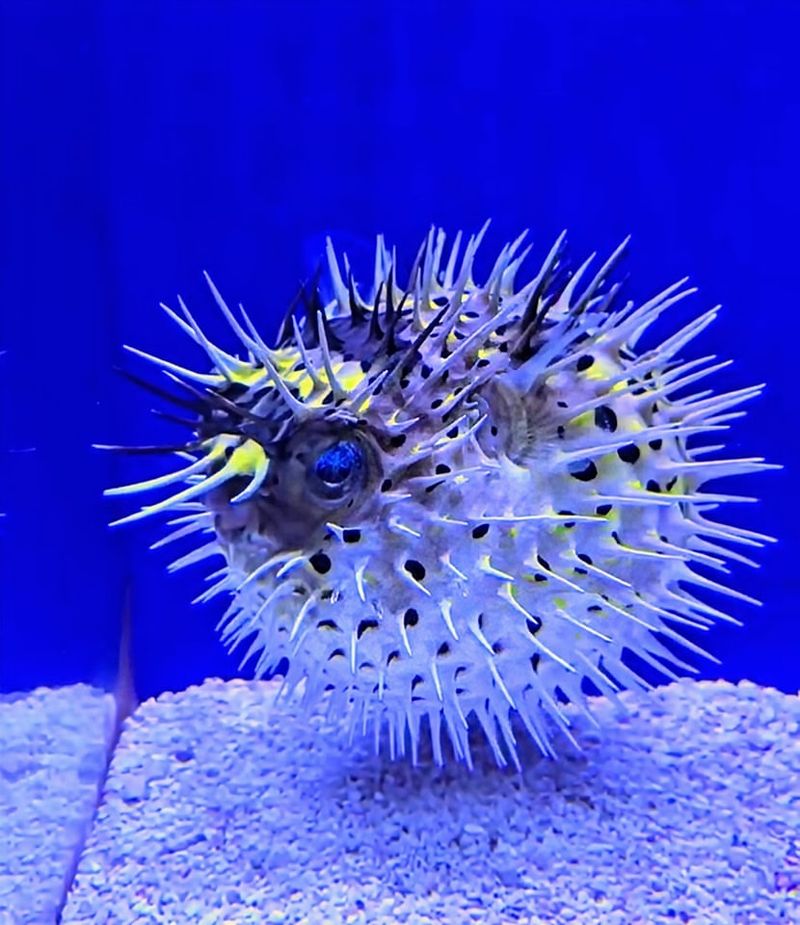
Floating through tropical waters, the pufferfish is both an intriguing and dangerous creature. When threatened, it inflates into a spiky ball, but its real danger lies in its toxins. Certain organs contain tetrodotoxin, a substance far more potent than cyanide.
Though a delicacy in some cultures, improperly prepared pufferfish can be lethal. Only licensed chefs are allowed to prepare it in Japan.
Divers should admire these fish from a distance, appreciating their unique defense mechanisms.
10. Sea Snake
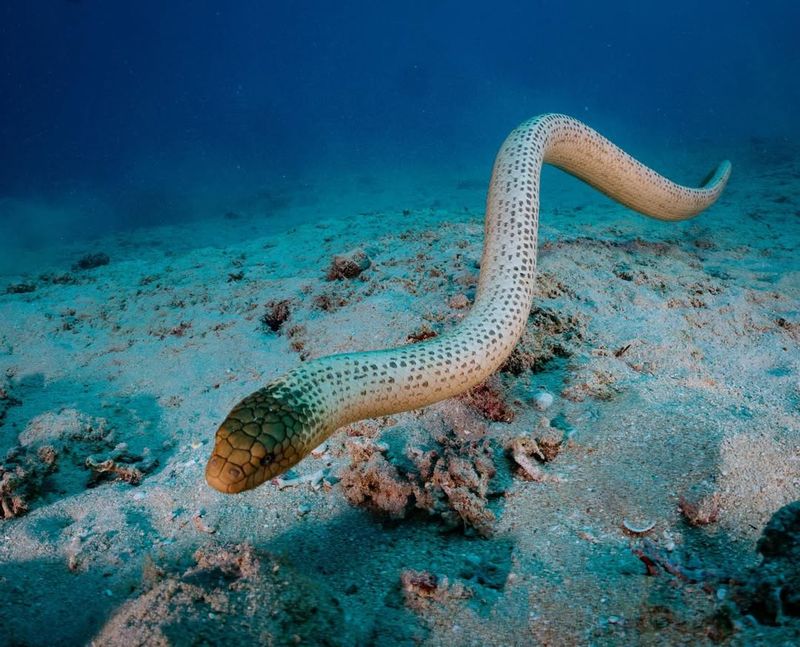
Gliding through warm tropical waters, sea snakes are fascinating yet venomous marine reptiles. Unlike their land relatives, they spend their entire lives in the ocean. Their potent venom can pose a risk to humans who accidentally provoke them.
Despite their toxicity, sea snakes are generally not aggressive. However, it’s wise to maintain a respectful distance while snorkeling or diving.
They play a crucial role in the marine ecosystem, controlling fish populations with their efficient hunting skills.
11. Tsetse Fly
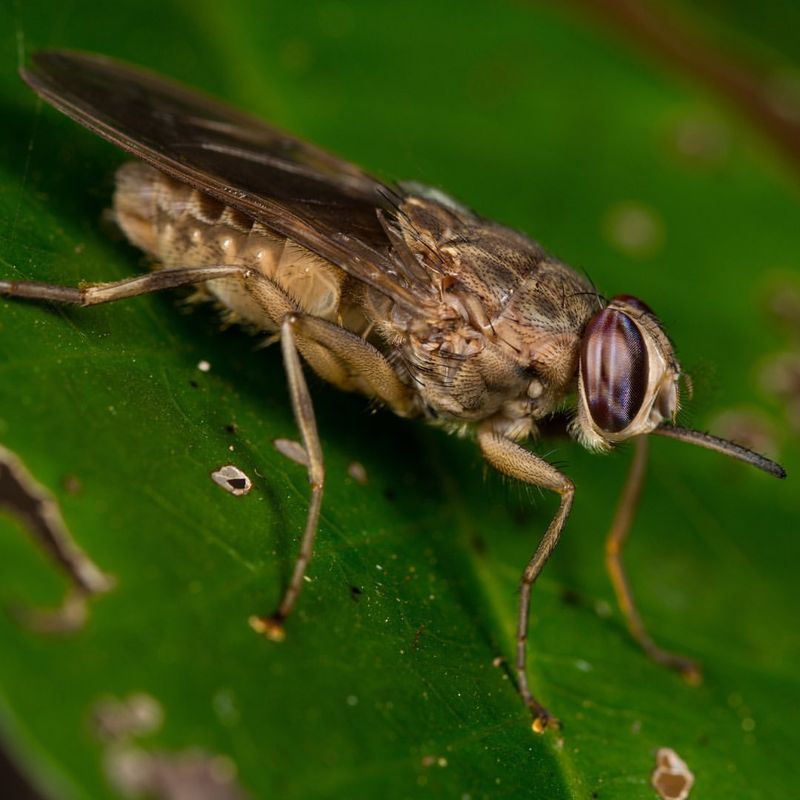
The tsetse fly might seem unassuming, but it’s infamous for spreading sleeping sickness across sub-Saharan Africa. This small gray insect delivers a venomous bite that can transmit parasites, leading to serious illness in humans and animals alike.
Though its appearance is ordinary, the tsetse fly’s impact is profound, affecting millions each year.
Efforts to control its population are ongoing, but travelers should still be cautious, wearing protective clothing and using insect repellent in affected areas.
12. Platypus
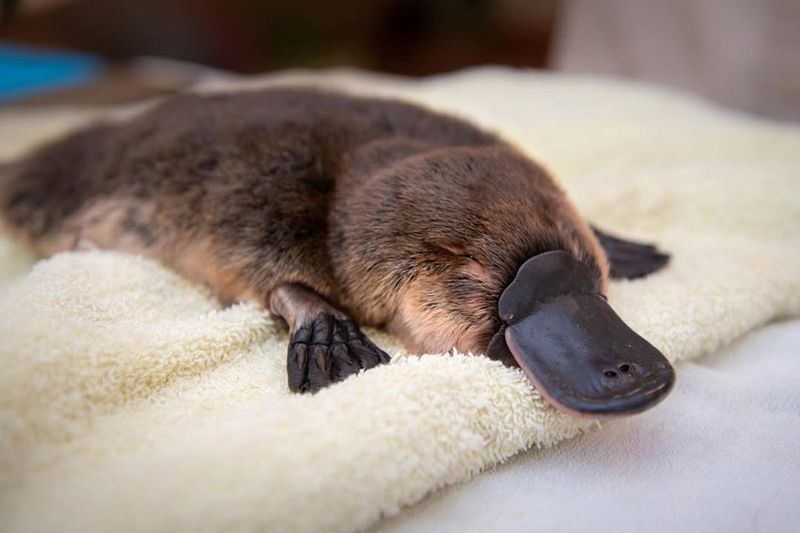
The platypus, with its unique appearance, hides a surprising secret: males have venomous spurs on their hind legs. While not lethal to humans, the venom can cause severe pain and swelling.
This monotreme is native to eastern Australia, often found in rivers and streams.
Their shy nature and remote habitats make encounters rare, yet they remain a subject of fascination.
Appreciating them from a distance is advised, as handling a platypus can lead to an uncomfortable experience.
13. Komodo Dragon
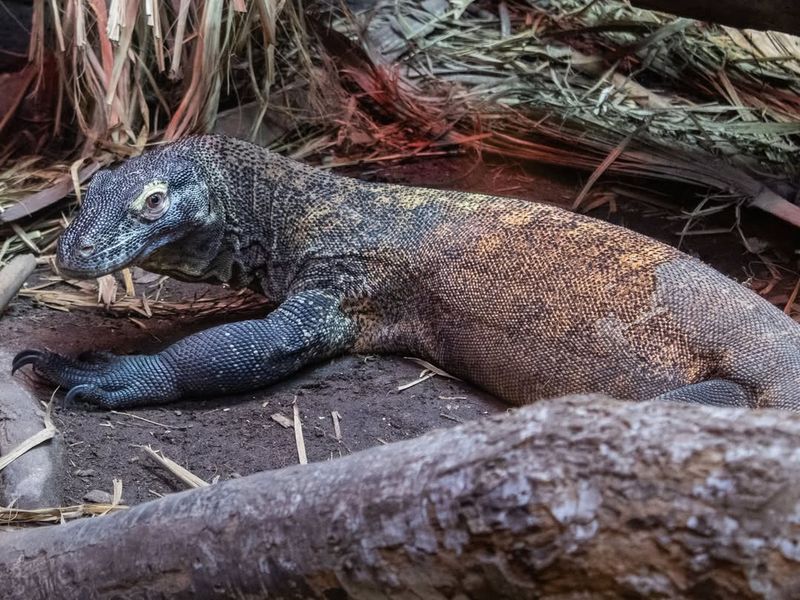
On the islands of Indonesia, the Komodo dragon reigns supreme. This massive lizard is not only a fearsome predator but also venomous.
Its saliva contains toxic bacteria and venom that can subdue prey quickly.
Though attacks on humans are rare, they can be dangerous if provoked. Tourists visiting the Komodo National Park should follow guidelines to ensure their safety, as these dragons are best admired from a safe distance. Their role as apex predators is vital to the ecosystem.
14. Irukandji Jellyfish
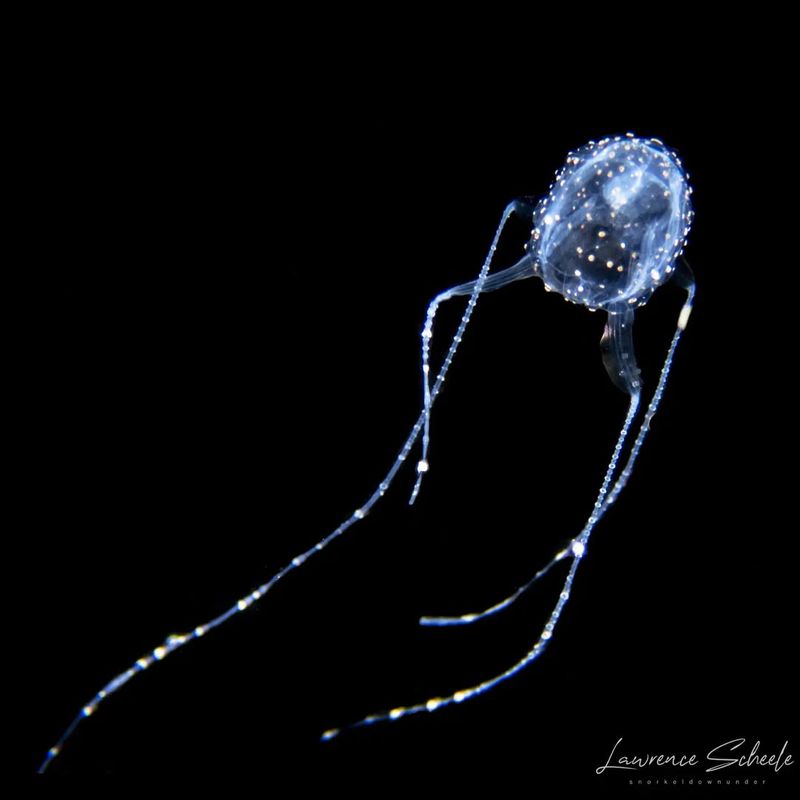
Despite its minuscule size, the irukandji jellyfish packs a powerful punch. Found in the coastal waters of northern Australia, its sting can induce Irukandji syndrome, a condition causing severe pain and potentially life-threatening symptoms.
Swimmers and divers should heed local warnings and wear protective suits in known habitats. Its transparency makes it nearly invisible, adding to its danger.
Despite its small stature, it commands respect in the ocean.
15. Redback Spider
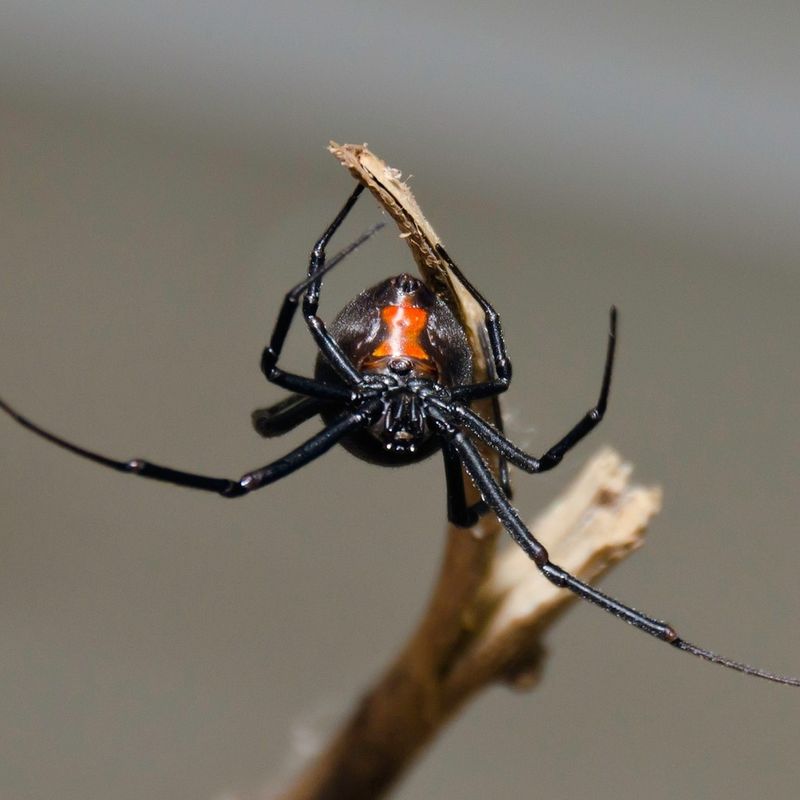
In the corners of urban backyards across Australia, the redback spider spins its webs. Recognizable by its red stripe, this small arachnid’s venom can cause serious symptoms in humans. Antivenom is available, but caution is still advised.
These spiders prefer warm, sheltered locations, often surprising unsuspecting homeowners. It’s wise to check outdoor shoes and garden items for these eight-legged tenants.
Though small, their presence is a reminder of the hidden dangers in everyday environments.
16. Funnel-Web Spider
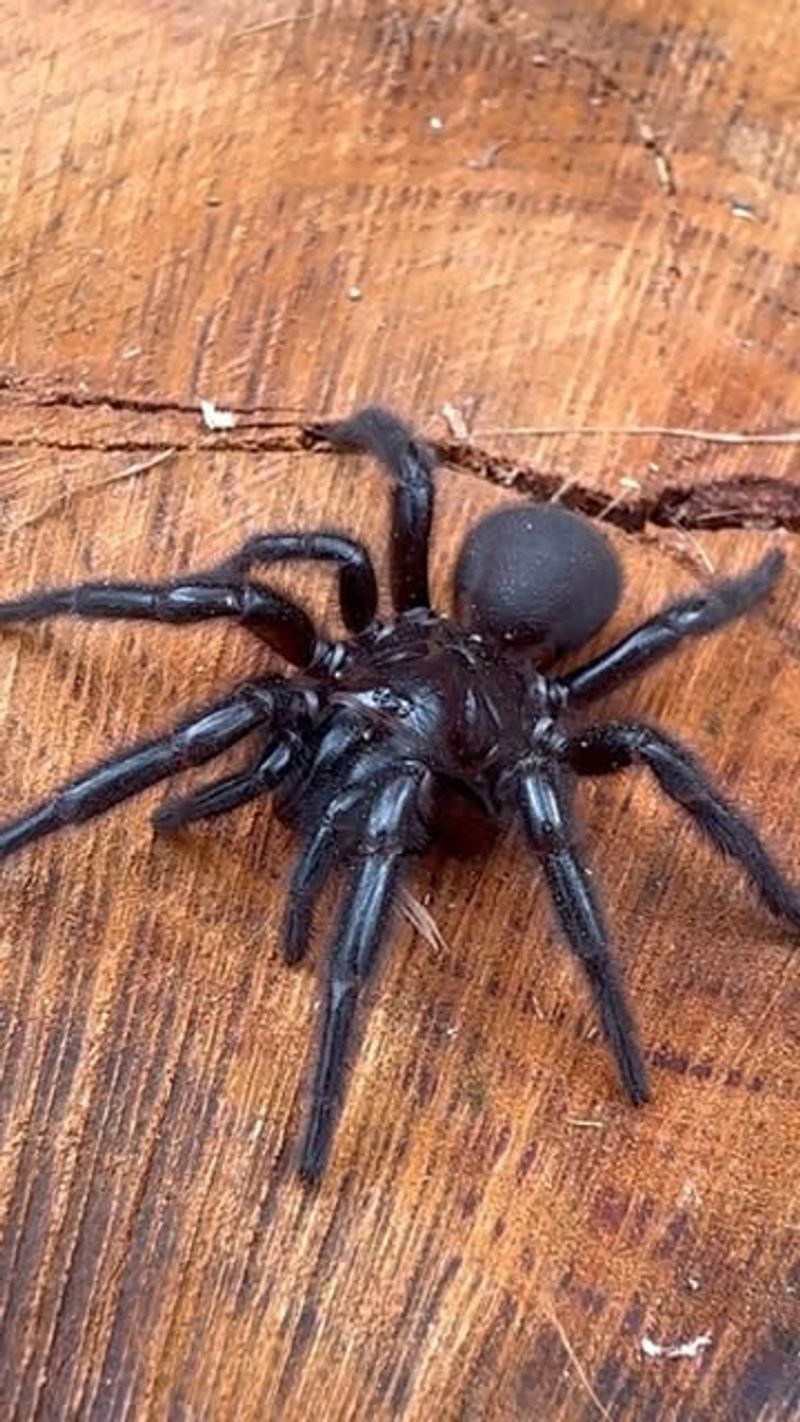
In the undergrowth of the Australian wilderness, the funnel-web spider lurks. Known for their aggressive nature, these spiders pack a powerful venomous bite. They often inhabit burrows, waiting for prey to wander into their web.
Though antivenom has greatly reduced fatalities, the funnel-web remains a creature to approach with caution. If you venture into their territory, awareness and respect for their space are crucial.
Their role in the ecosystem is vital, controlling insect populations.
